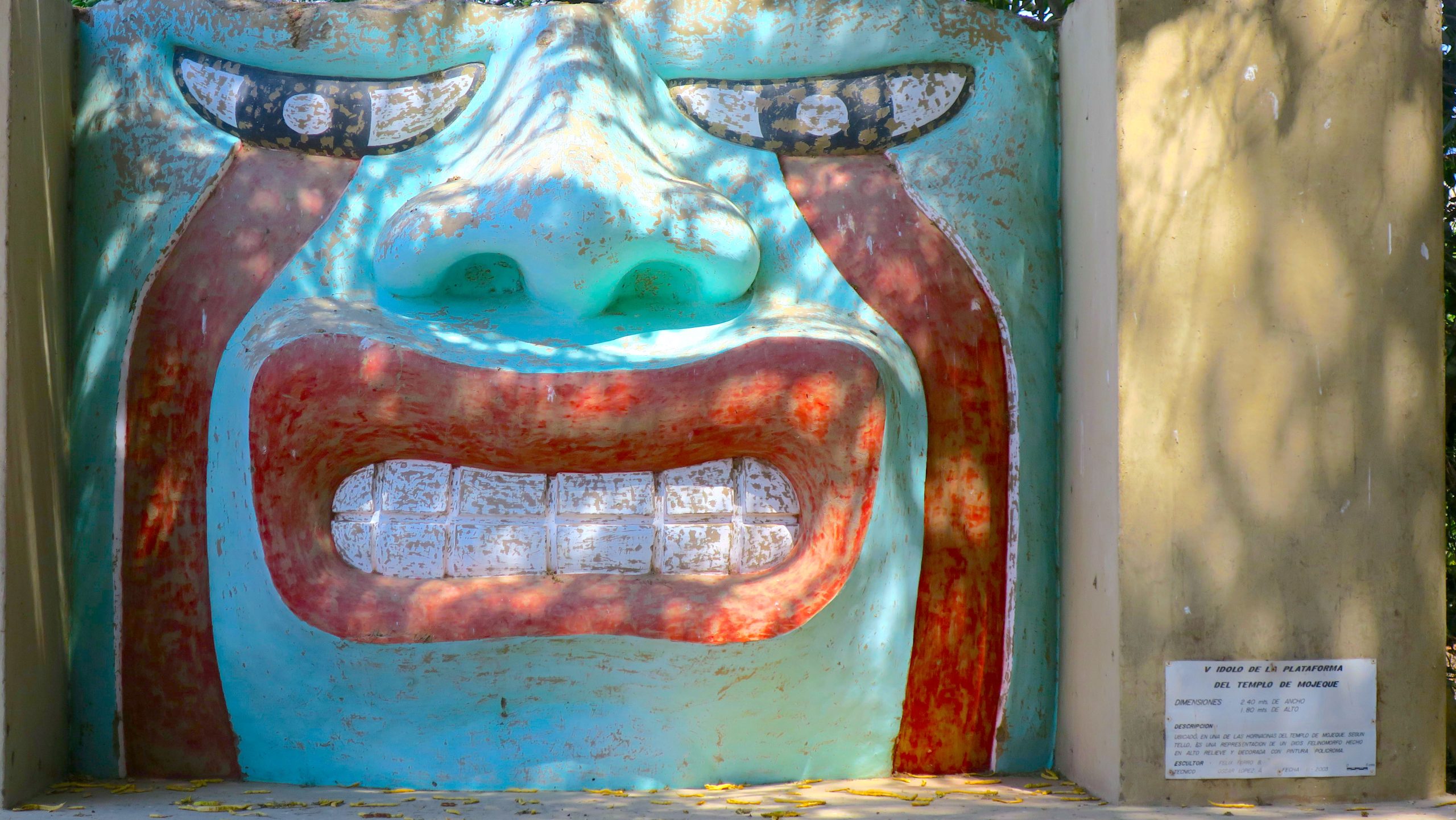The Archaeological Enigma of Cerro Sechín
Cerro Sechín, an archaeological site located in the Casma Province of the Ancash Region in northern Peru, represents one of the most intriguing pre-Columbian sites in South America. Discovered on July 1, 1937, by Julio C. Tello and Toribio Mejía Xesspe, this site has been a focal point for understanding the complexities of ancient Andean civilizations. Tello, a prominent figure in Peruvian archaeology, posited that Cerro Sechín was the capital of what is now referred to as the Casma/Sechín culture or Sechin complex. This complex is characterized by its megalithic architecture and the striking carved figures in bas-relief that graphically depict human sacrifices.
Get your dose of History via Email
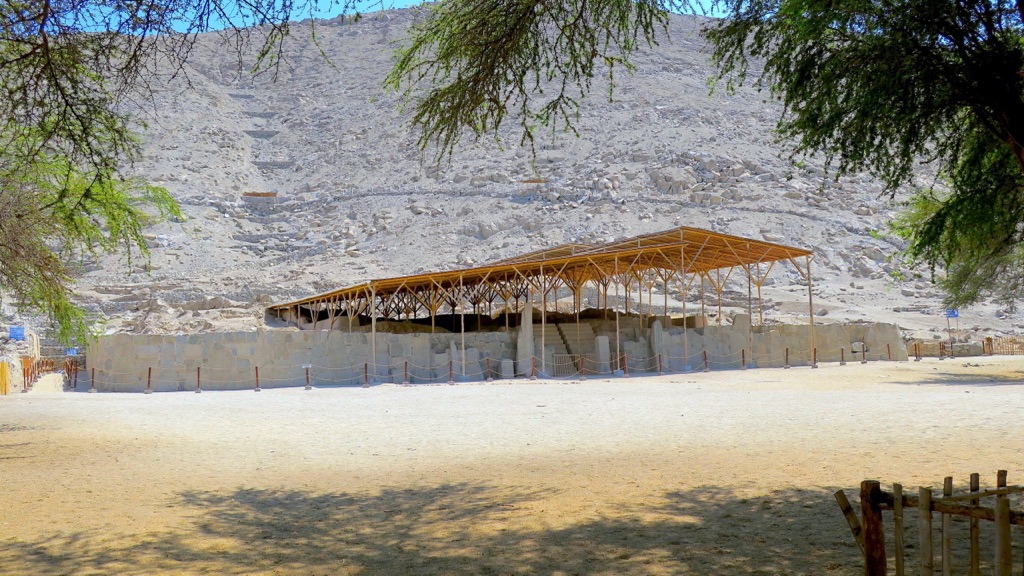
Geographic Context
Cerro Sechín is strategically positioned on a granitic hill in the Casma Valley, merely 1 kilometre east of the Pan-American Highway and 13 kilometres from the Pacific Ocean. This location, near the confluence of the Sechin and Moxeke Rivers and at an altitude of 90 metres above sea level, underscores the strategic importance of the site in terms of both defense and access to resources. The site itself spans approximately 5 acres, with the monumental structures concentrated in a single hectare.
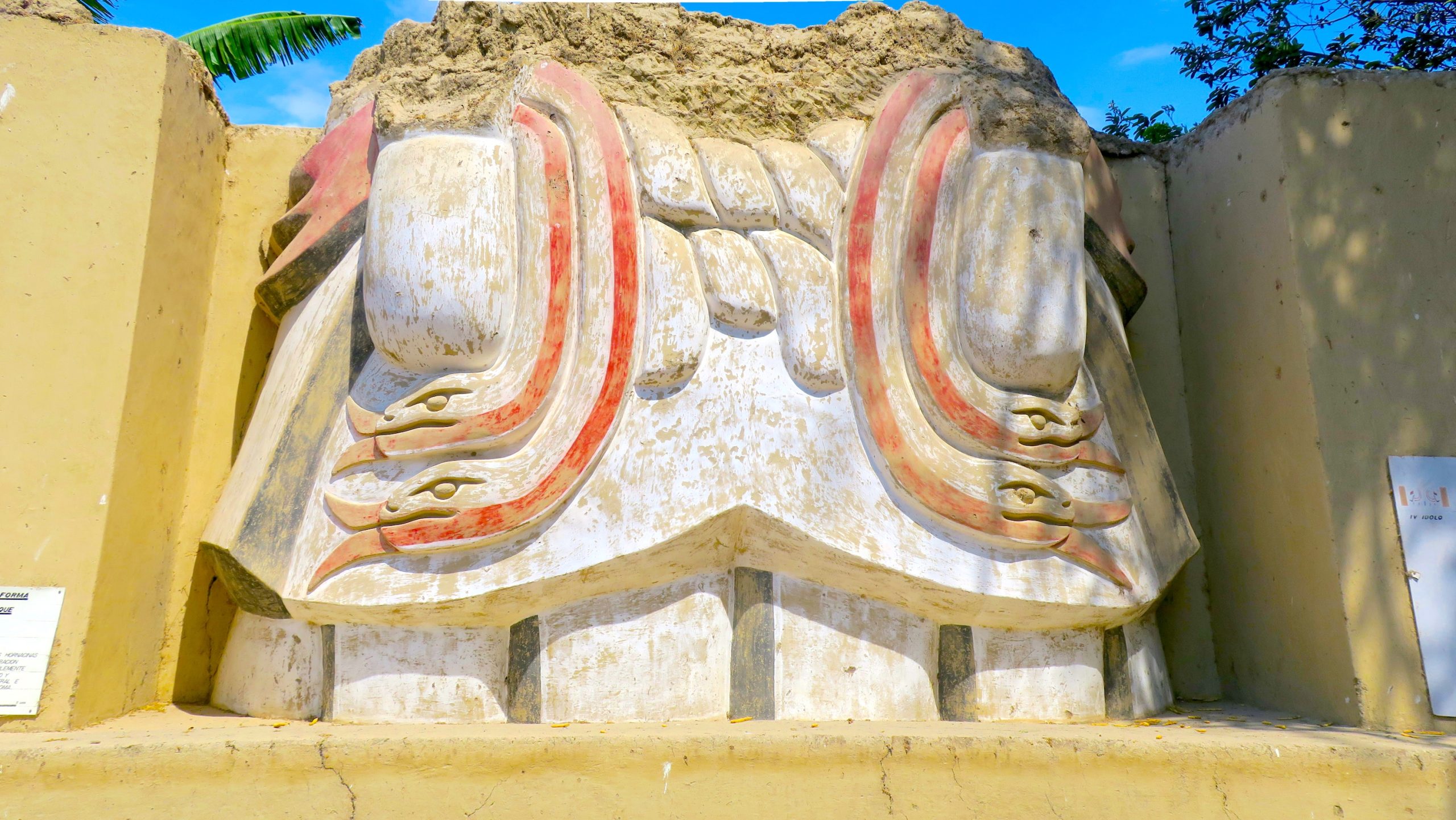
The Sechin Complex
The Sechin Complex encompasses several sites, including Cerro Sechín, Sechin Alto, Sechin Bajo, and Taukachi-Konkan. Sechin Alto, to the northeast of Cerro Sechín, is particularly notable for being the largest architectural complex in Peru, covering 300–400 acres. Sechin Bajo, excavated from 1990, revealed a circular plaza dating back to 3500 BC, indicating the deep historical roots of the complex. Taukachi-Konkan, the northernmost site, further illustrates the extent of the Sechin cultural sphere.

Historical Overview
The origins, construction methods, and specific ceremonial practices of Cerro Sechín remain largely enigmatic. The site dates back to 1600 BC, situating it at the tail end of the Periodo Arcaico Andino and the beginning of the Formativo Inferior period. It predates the Chavín culture, challenging earlier assumptions about the sequence of cultural development in the region. Cerro Sechín served not only as a ceremonial center but also as a hub for the administration of production, distribution, and storage of food resources.
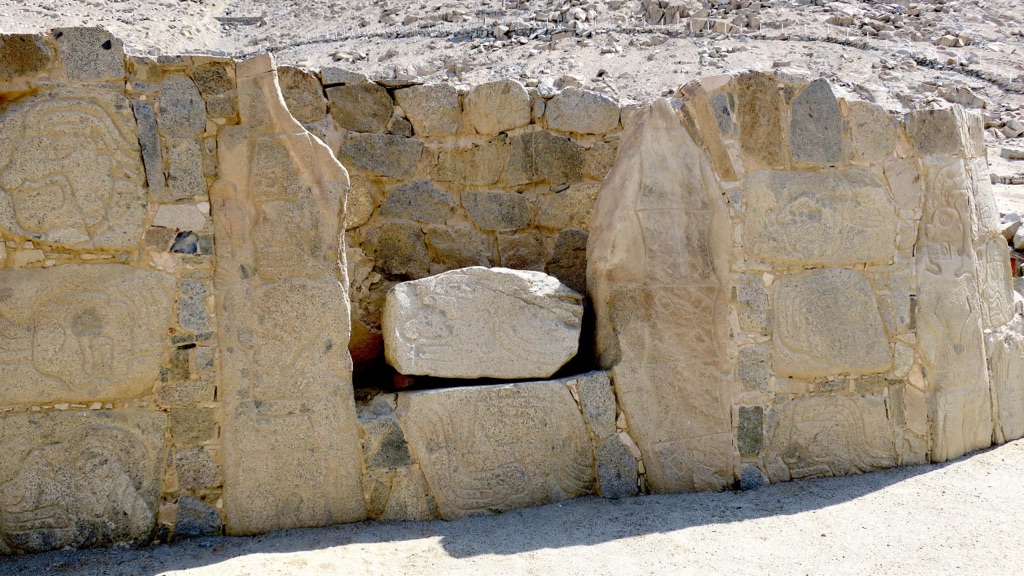
Architectural Significance
Cerro Sechín is distinguished by its buildings constructed from clay and stone. The main building, a temple with a rectangular design and rounded corners, was built using conical adobes. A perimeter wall of monoliths or stelae, adorned with bas-reliefs, encircles the temple. These carvings, numbering approximately 300, depict warrior-priests, mutilated bodies, and scenes of human sacrifice, offering a grim insight into the ceremonial practices of the time.
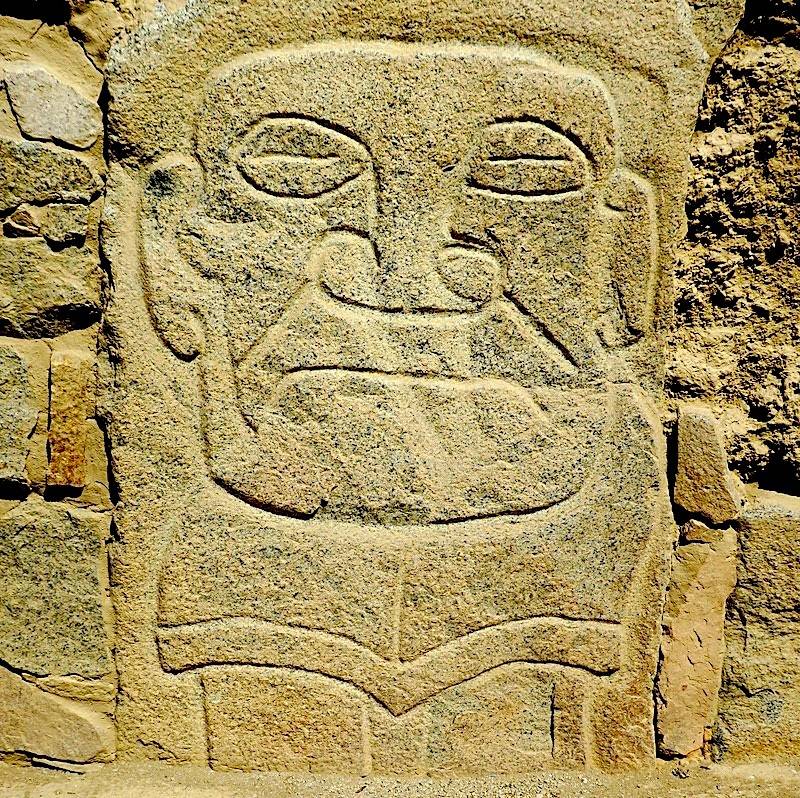
Interpretations of the Carvings
The lithic carvings at Cerro Sechín have been subject to various interpretations. Some view them as commemorations of a significant battle, while others suggest they served as a laboratory for anatomical studies. Another theory posits that the carvings represent a popular rebellion quashed by the ruling elite. Regardless of their precise meaning, these carvings are a testament to the complex social and religious practices of the Sechin culture.
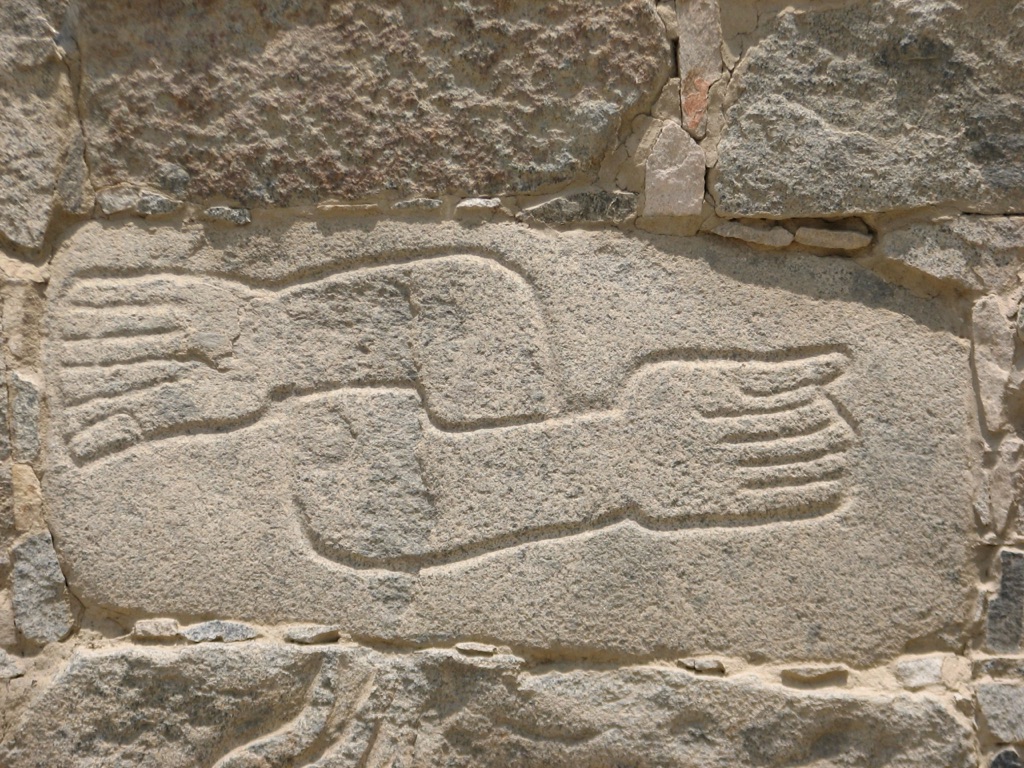
Conclusion
Cerro Sechín stands as a testament to the architectural ingenuity and complex societal structures of ancient Andean civilizations. Its strategic geographic location, monumental architecture, and enigmatic stone carvings continue to captivate and puzzle archaeologists and historians. As research continues, Cerro Sechín will undoubtedly yield further insights into the pre-Columbian history of the Andes.

